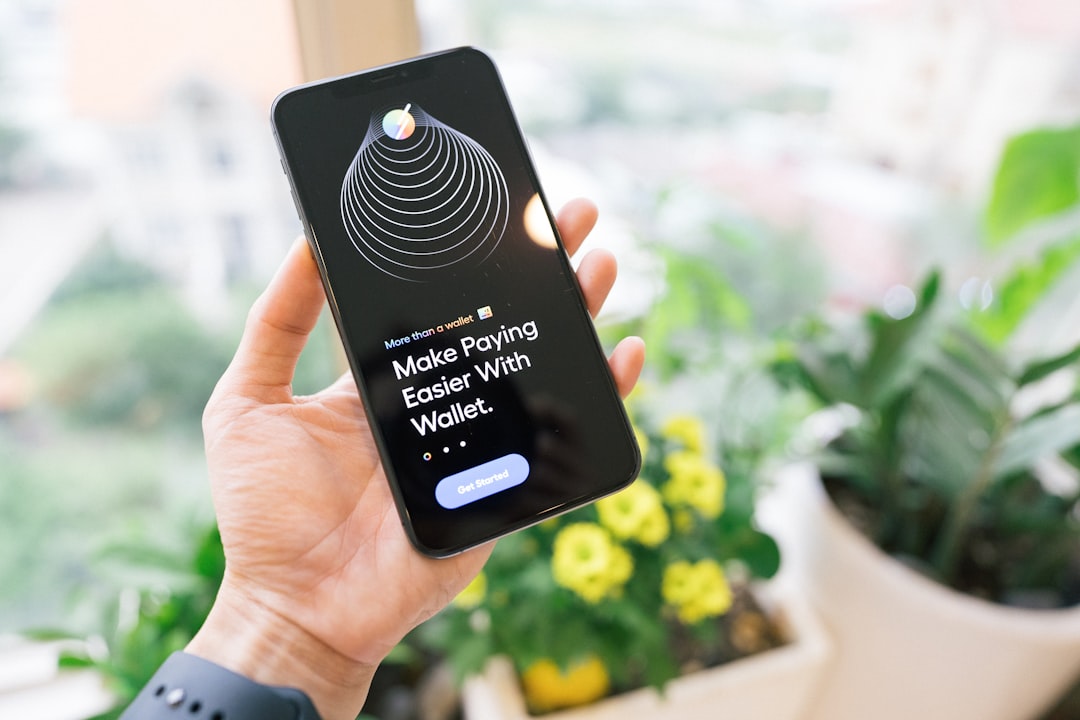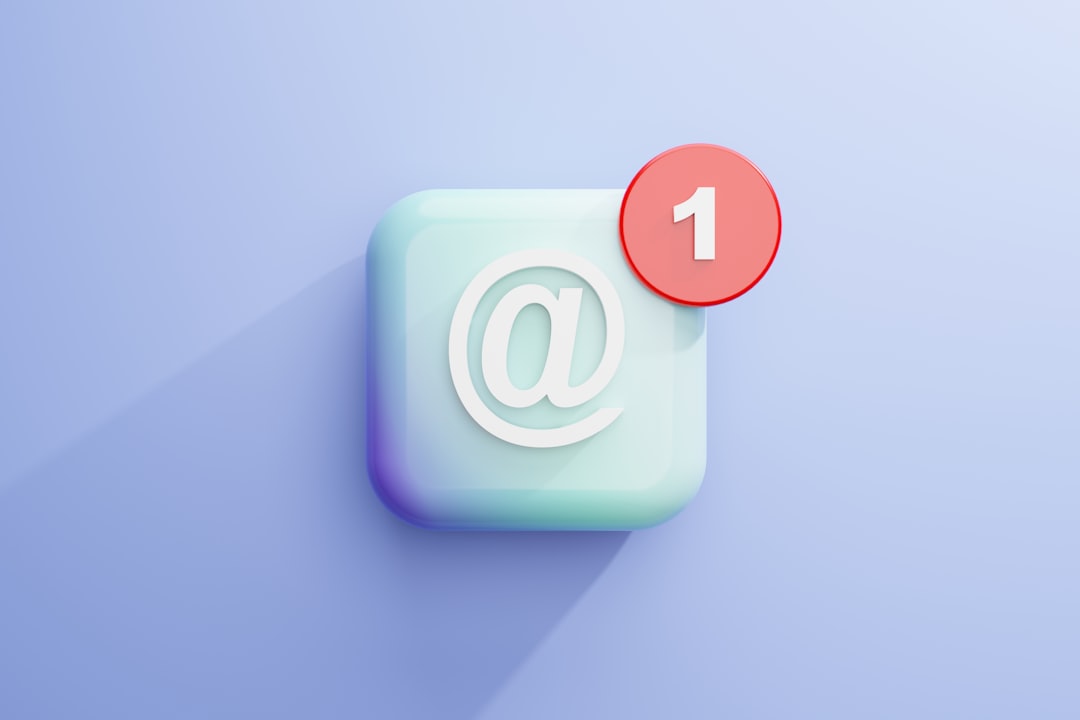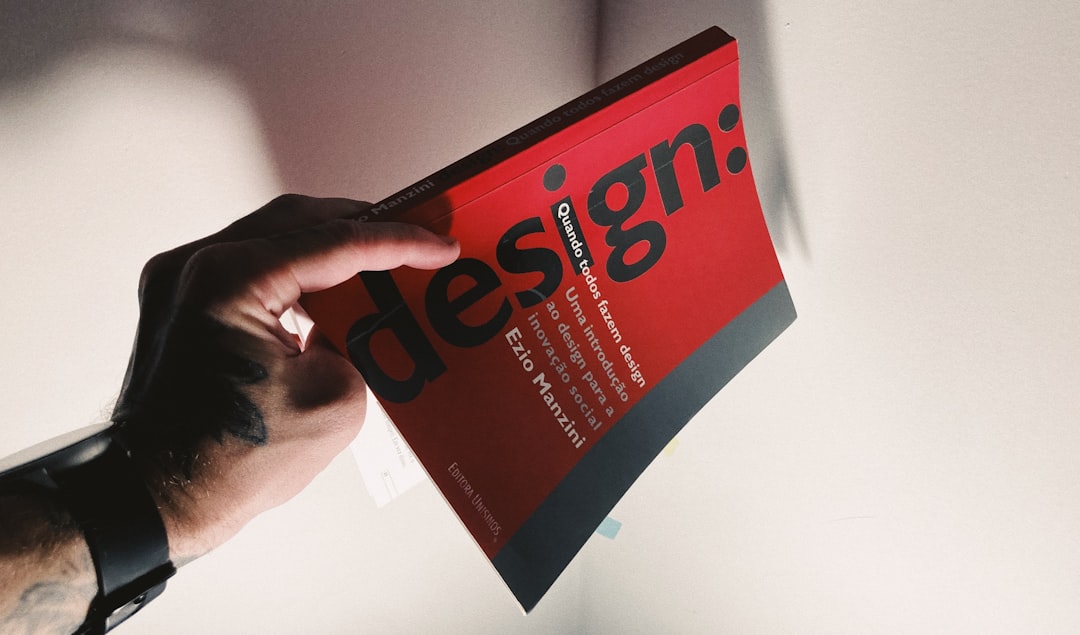Launched in the early 2000s, Gmail has become one of the most widely used email services in the world. Created by Google, Gmail revolutionized the way users manage digital communication by providing unprecedented storage capacity, powerful search functionality, and an intuitive interface. According to information compiled in Wikipedia and validated by several reliable sources, Gmail’s story is as much about technological innovation as it is about changing user expectations in the digital age.
Contents of Post
Origins and Internal Development
The conceptual foundation for Gmail was laid by Paul Buchheit, a Google engineer who began working on the project in 2001. Gmail was initially developed as a skunkworks project, a term used for side projects or experimental innovations carried out by a small team. The goal was to challenge the limitations of existing webmail services which, at the time, often struggled with storage restrictions, latency, and poor search functions.
Buchheit’s inspiration stemmed from his own dissatisfaction with email services like Hotmail and Yahoo Mail. He envisioned something faster and more versatile — one that capitalized on Google’s legendary search capabilities. Thus, the core features from the outset were:
- Search-centric interface: Instead of organizing emails into folders, Gmail encouraged users to search for messages using keywords.
- Threaded conversations: Emails would appear in chat-like threads, grouping responses with the original message.
- Generous storage: Offering 1GB of free storage per user at launch, Gmail dwarfed its competitors, which typically offered only 2MB to 4MB.
The internal motto of the project was reportedly “Don’t make me delete stuff”, a reflection of how Gmail was designed to eliminate the need to manage ongoing email deletions due to storage constraints.
Limited Launch and Beta Phase
Gmail was officially announced on April 1, 2004. Many assumed it was an April Fool’s prank. The offer of a free 1GB email account from Google was so outlandish at the time that people questioned the authenticity of the announcement. However, Gmail was real — though access was tightly controlled through an invite-only model.
This unconventional release strategy served two key purposes:
- Scalability: Controlled access helped Google scale the backend infrastructure without overwhelming servers.
- Exclusivity: The invite-only model created a sense of prestige around Gmail accounts, turning them into sought-after digital commodities.
Throughout its beta phase, Gmail saw the addition of several staple features, including:
- A powerful spam filtering system
- Support for POP and later IMAP protocols
- Integration with other Google services such as Google Talk and Calendar
It wasn’t until July 7, 2009, that Gmail officially exited its beta phase, marked by a small but significant “beta” label finally being removed from the logo.

Global Rollout and User Growth
Gmail’s initial popularity in the United States quickly spread globally. Its minimalist, ad-supported model appealed to a wide range of users, from casual communicators to businesses. By 2012, Gmail had outpaced Yahoo Mail in global usage and was declared the world’s most widely used email service. According to estimates cited on Wikipedia, Gmail had amassed over 425 million active users by mid-2012.
The factors driving Gmail’s expansion include:
- Cross-platform access: Gmail could be used on web browsers, desktop email clients, and mobile devices with equal efficiency.
- Multilanguage support: Google added support for dozens of languages, making Gmail accessible to international users.
- Security features: Two-step authentication was introduced in 2011, making Gmail one of the first major email providers to offer it.
Each year brought new enhancements and features. Gmail Labs, a playground for experimental features, allowed users to customize their experience by enabling optional add-ons like undo send and canned responses.
Inbox Innovations and Design Shifts
In May 2013, Google introduced a significant change to Gmail’s user experience with its new tabbed inbox. The inbox was now separated into categories such as “Primary,” “Social,” and “Promotions,” enabling better organization of incoming emails without user intervention. This feature, while praised for decluttering inboxes, was also criticized by some marketers who saw their emails buried in less-visited tabs.
Moreover, Google gradually replaced its classic HTML-based interface with a more app-like environment. Material Design was applied to Gmail in 2018, bringing visual and functional consistency with Android and other Google services.

Integration with Google Ecosystem
As part of the Google Workspace (formerly G Suite) initiative, Gmail found itself increasingly embedded into corporate and educational digital environments. Starting in the late 2010s, Gmail’s interface began to offer integrated access to:
- Google Meet: Video and voice conferencing integrated directly into Gmail.
- Google Chat: A replacement for Hangouts and integration with team communication tools.
- Google Drive and Calendar: Quick access and cross-tool functionality within the inbox environment.
These integrations effectively turned Gmail into a multi-function business hub, appealing to organizations seeking streamlined workflows.
Security and Privacy Controversies
Not all aspects of Gmail’s growth have been without controversy. In particular, the platform has faced criticism for its email scanning practices — initially used for ad targeting purposes. Although emails were being scanned by automated processes to deliver relevant ads, the practice raised significant concerns about user privacy. In 2017, Google announced it would stop reading Gmail messages for ad personalization purposes, aligning its consumer offering more closely with best practices in data privacy.
Meanwhile, Gmail has become a target for phishing attempts, account hacks, and other security issues. Google has implemented and continuously upgraded its protections, employing machine learning to detect threats and offering Account Recovery tools and enhanced life-cycle controls for both users and administrators.
Current State and Future Outlook
As of 2024, Gmail remains an integral part of Google’s digital suite, with over 1.5 billion global users. It has maintained its lead as one of the top email service providers by focusing on three pillars:
- Reliability: Downtimes are rare, and Google provides robust infrastructure backed by cloud computing standards.
- Security: Ongoing improvements protect against spam, malware, and phishing — particularly vital for enterprise clients.
- Innovation: Gmail continues to evolve, adding features like Smart Compose powered by artificial intelligence to assist users in writing emails more efficiently.
As digital communication habits change, Gmail is expected to adapt further. Google is investing heavily in incorporating AI and machine learning to offer personalized, context-sensitive support tools — a direction that could redefine how we think about email in the 21st century.
Conclusion
Gmail’s journey from a modest internal experiment to a dominant global platform has been marked by strategic innovation, user-centric design, and robust integration within the broader Google ecosystem. According to the historical record captured on Wikipedia and widely corroborated by news sources, Gmail’s rise was not accidental but rather the product of deliberate choices to innovate and challenge the status quo at every turn.
As we look ahead, Gmail will likely remain a cornerstone of personal and professional communication. Whether it continues to hold its place at the top will depend on its ability to evolve in response to global privacy demands, user experience expectations, and technological advancements.

